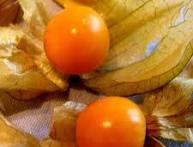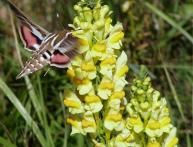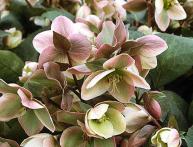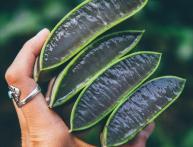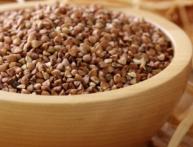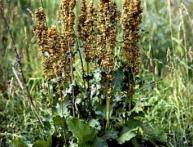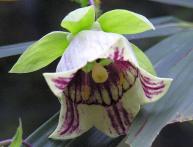Lavender angustifolia and its care
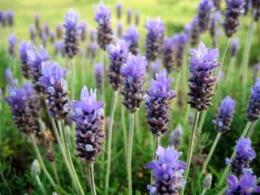
Lavender angustifolia is a perennial evergreen subshrub and is a good honey plant. Its inflorescences are used in medicine, perfumery and household chemicals, so it is usually grown on an industrial scale. In the southern regions it is sometimes grown in gardens and estates as ornamental, spicy, aromatic and medicinal plant. Lavender angustifolia It can be propagated both by seeds and vegetatively by cuttings from woody shoots. Cuttings should be carried out in early spring or late autumn, and sowing should be done, of course, in the spring. Lavender loves slate carbonate soils and a lot of sun; it cannot be planted even in partial shade.
It is important to timely weed and loosen rows, apply mineral and organic fertilizers. Being a moisture-loving plant, angustifolia lavender requires abundant watering, especially during hot dry periods. Lavender blooms in June-July. If you plan to harvest flowers, then in the first two years the inflorescences are cut off before flowering, and only in the third year are they harvested for long-term storage. By growing lavender as an ornamental plant, you can enjoy beautiful flowers and their incomparable aroma.
Sometimes lavender bushes are used as hedges, in which case regular pruning is required. And after 6-7 years the plant needs rejuvenation. To do this, cut off the entire above-ground part of the plant in the fall. Lavender is very rarely exposed to diseases and pests. Of the diseases, it is most susceptible to septoria; its main pest is the leafhopper.

